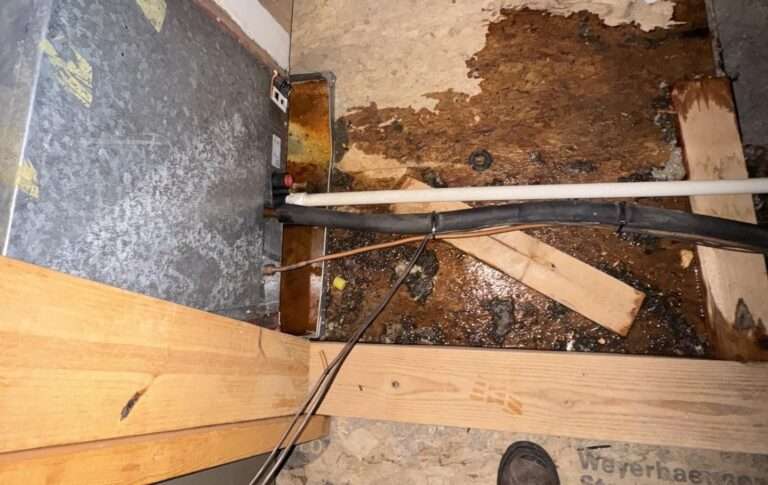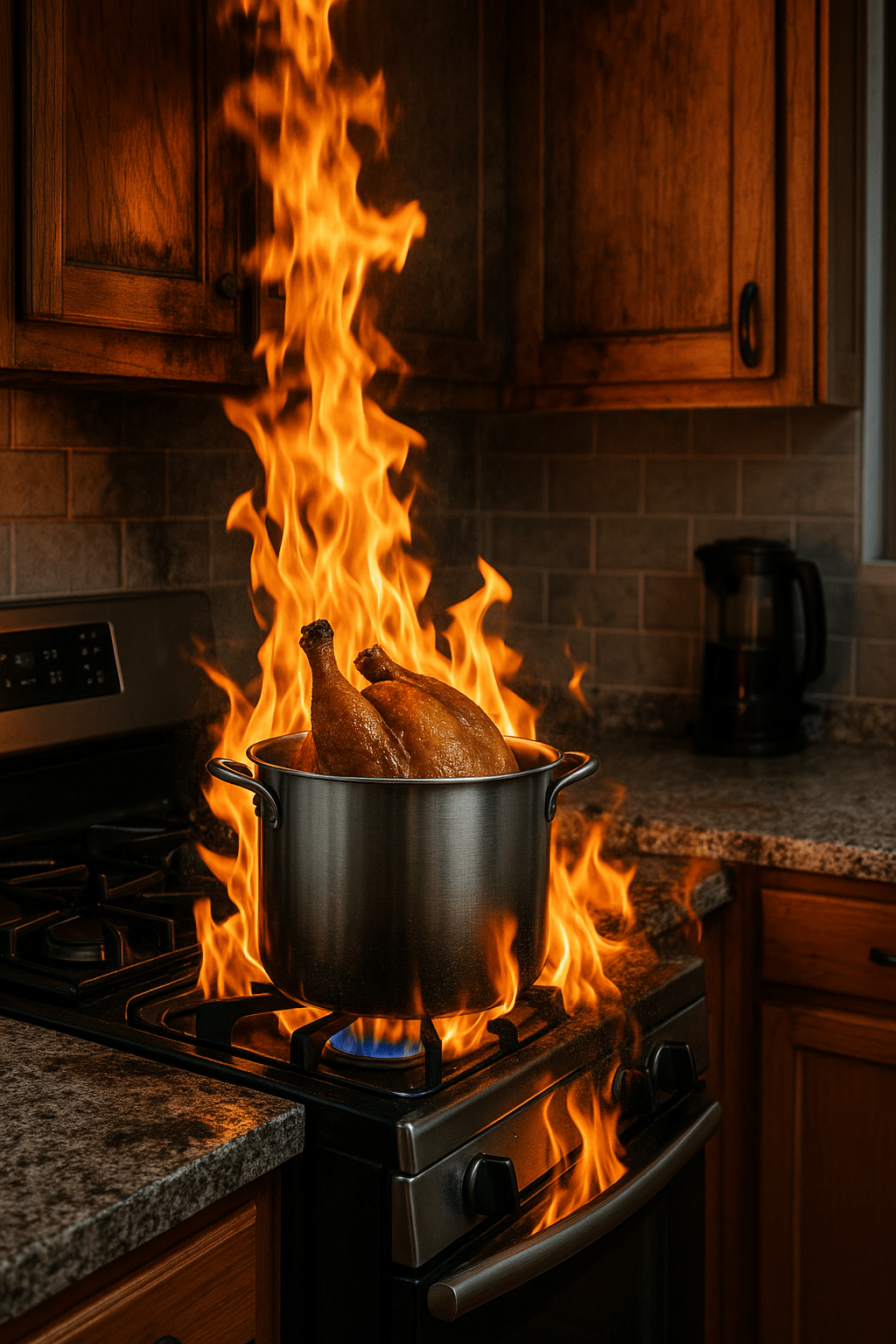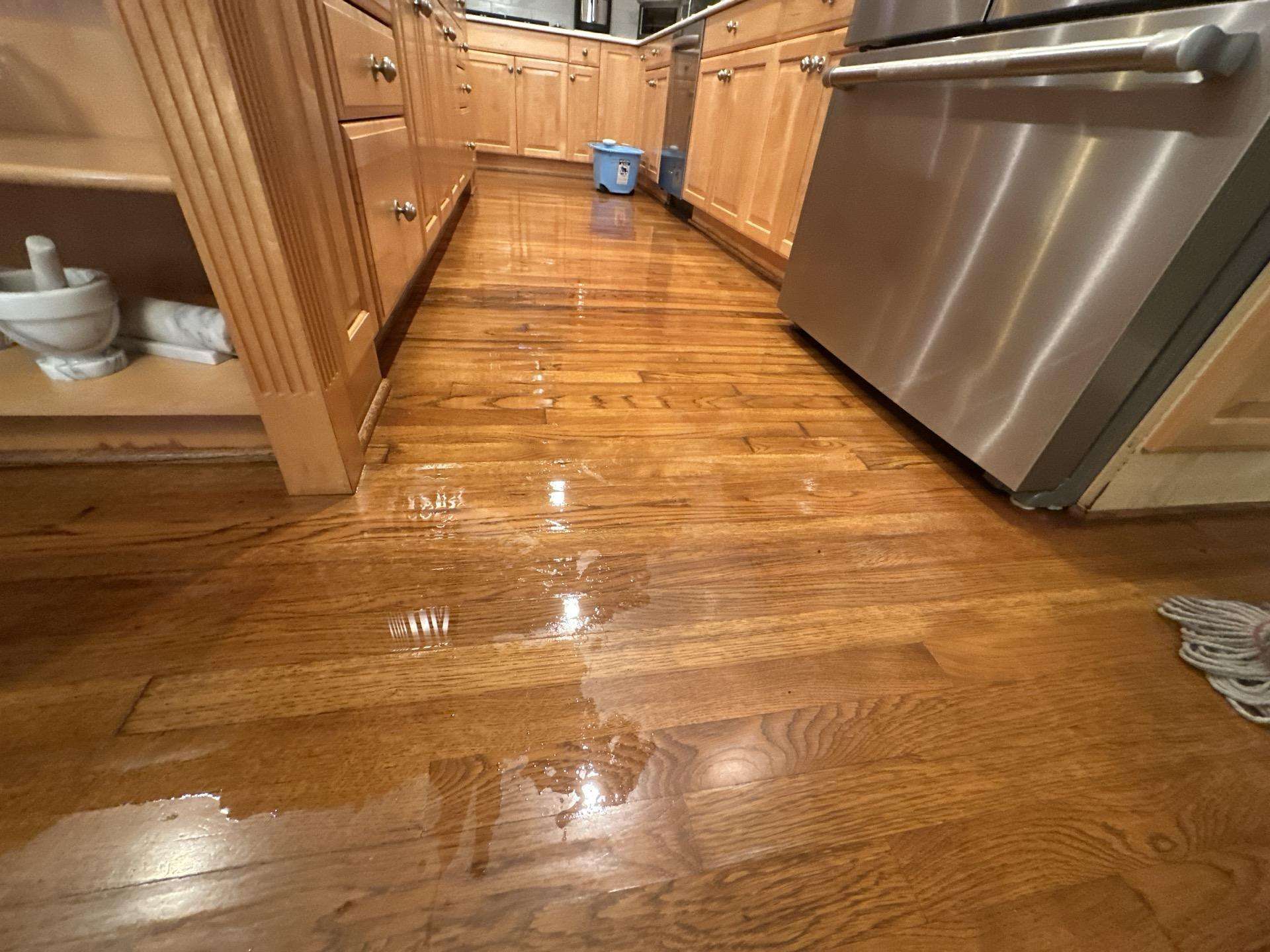When most people think of water damage causes in their home or business, they think of such things as intense rain, burst pipes, or leaking roofs. But there’s one silent culprit that may not be the first thing to come to mind: your HVAC system.
Yes — the very same unit that keeps you cool in summer and warm in winter is also the offender when you’re wrestling with water-damaged ceilings, warped flooring, or even mold. At Brookstone Restoration, we’ve seen firsthand how HVAC-caused water damage can sneak up on property owners and become a costly catastrophe.
Let’s break down how it happens, why it matters, and what you can do to stay one step ahead.
How HVAC Systems Cause Water Damage
New HVAC systems emit moisture when operating — it’s a natural consequence of the refrigerating cycle. But if that moisture isn’t properly drained or regulated, it becomes a quick recipe for disaster. Here are the most common causes of HVAC-induced water damage:
- Blocked Condensate Drain Lines
Dirt, algae, and debris can clog the drain line and allow water to back up and overflow inside your home. - Disconnected or Cracked Drain Lines
Dislodged or cracked lines cause a steady drip into walls, ceilings, or attics. - Full or Leaky Drain Pans
If your drain pan is full or rusted through, it can’t contain the water — and that moisture has to go somewhere. - Poor Installation
If the system isn’t level or the drainage is poorly installed, water can collect in unusual locations. - Frozen Evaporator Coils
When coils freeze due to low refrigerant or airflow issues, they eventually thaw — and that melt-off can cause serious water damage.
Why Water Damage from HVAC Systems Matters
Even a small drip, if left unchecked, can lead to major structural and health problems:
- Hidden mold growth behind walls or ceilings
- Rotting wood, insulation, or drywall
- Electrical hazards
- Expensive repair and replacement costs
Worst of all, most homeowners don’t even know there’s an issue until the water damage is extensive. That’s where mitigation comes in.
Be Proactive: Preventing HVAC Water Damage
Preventing HVAC-related water damage is simply a matter of awareness and maintenance. Here’s what we recommend:
✅ Schedule Regular HVAC Maintenance
Have a qualified HVAC technician inspect your system at least once a year, ideally before peak seasons.
✅ Clear Condensate Lines Regularly
Flush lines with vinegar every few months to prevent clogs that can lead to overflow.
✅ Install a Float Switch
This tiny device shuts off the unit if water backs up — a simple upgrade that can save thousands in mitigation.
✅ Examine the Drain Pan and Coils
Look for rust, cracks, or water accumulation. A small fix today beats a major mitigation project tomorrow.
✅ Watch for Signs of Moisture
Ceiling stains, musty smells, or strange humidity? Don’t wait — call a water damage specialist immediately.
What to Do When Water Damage Happens
If your HVAC system causes water damage, don’t panic — but don’t delay. The sooner you act, the better your chances of preventing further damage.
At Brookstone Restoration, we provide rapid-response mitigation services that dry, clean, and fully restore your home or business. Water damage may feel overwhelming, but we’re here to help you take control.
Final Thoughts: Is Your HVAC Causing Water Damage? Brookstone Can Help.
It may sound repetitive, but we can’t stress it enough: Water damage, water damage, water damage — it’s one of the most common and expensive issues we see.
If you’ve noticed stains, moisture, or mildew odors near vents or ceilings, your HVAC system may be the silent offender. At Brookstone Restoration, we specialize in effective, empathetic mitigation to stop damage in its tracks and restore your space with care.
Mitigation isn’t just about fixing what’s broken — it’s about acting fast to minimize loss, protect your property, and prevent bigger issues later.
👉 Stay alert. Stay prepared. And if you spot an issue, call Brookstone today. We can help.




